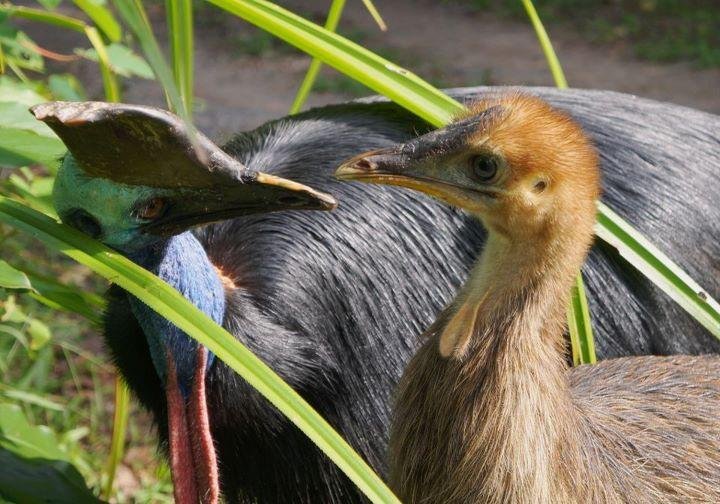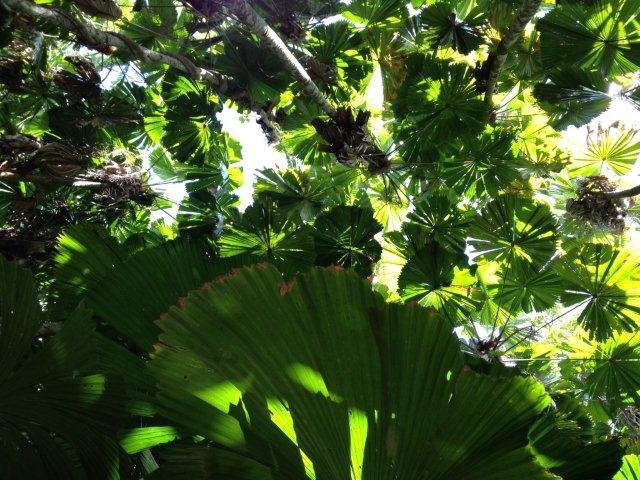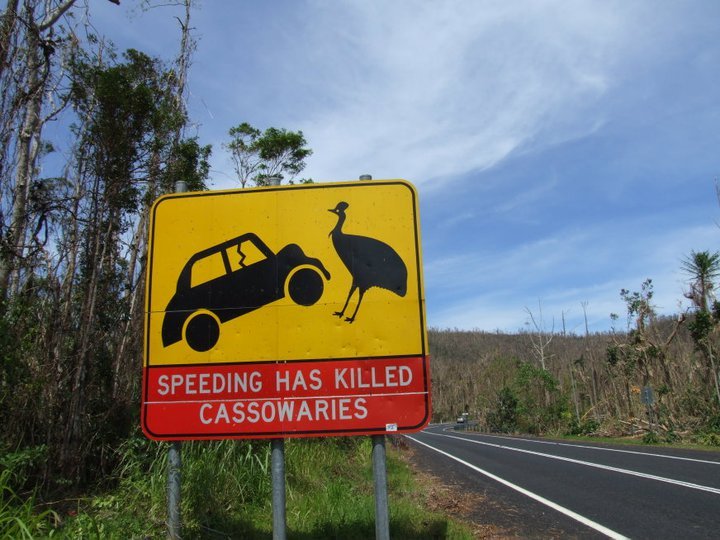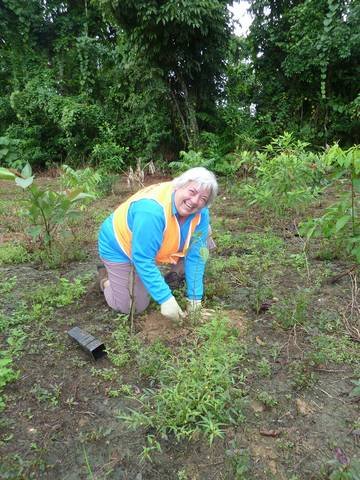The surviving Cassowaries of Mission
Beach have got a lot of people worried - and these people will do whatever it
takes to give these magnificent birds a fighting chance.
When Category Five Cyclone Yasi crossed the North Queensland coast at Mission Beach
in February last year, the impact was devastating. “This was a nightmare
scenario for the already struggling Cassowary population,” reflects Rainforest
Rescue CEO Kelvin Davies. “Last reports are that 25 Cassowaries have died since
the cyclone; 13 from car strikes..”
"As few as 40 adult birds may be all that remains of the wild Mission Beach population;
this is in an area long considered a strong-hold for the Endangered Southern
Cassowary.”
Immediately following the cyclone, Rainforest Rescue called its
supporters to action. The generous response from supporters provided funds for
the establishment of monitoring and emergency feed stations. The next vital step
is now underway - to restore Cassowary habitat and the species’ natural food
supply at Mission Beach.
Efforts to restore and expand rainforest habitat have kicked off at ‘Cottonwood’; a
rural Mission Beach property with 1,420 trees planted and a further 2,550 trees
to be established through facilitated natural regeneration. The 13.5 hectare
property has been identified as providing a critical wildlife corridor between
an adjoining nature reserve and the
extensive forests of the Djiru National Park. The goal is for this critical
corridor to provide habitat, food, and safe passage for generations of
Cassowaries to come, and increase resilience to future cyclonic
impact.
On April 27 this year, 43 volunteers converged at the site to undertake the first phase of the tree planting project.
This community driven project has drawn together representatives from Rainforest
Rescue, Terrain Natural Resource Management (NRM), Community for Coastal and
Cassowary Conservation (C4), Girringun Aboriginal Rangers, Conservation
Volunteers Australia and Cassowary Coast Regional Council. Cassowary food trees
such as Quandongs, Lilly Pillies and Bandicoot Berries were amongst the variety
of tree species planted. A Cassowary was actually spotted on the property that
very day adding further inspiration for the tree planters.
"The interest of Rainforest Rescue as a respected national organisation reminds local
people at Mission Beach just how important our tropical lowland rainforest is”.
Said Tony O’Malley of Terrain NRM.
A further 800 trees will be planted at Cottonwood in the property in the coming months,
and ongoing maintenance will be undertaken over the next three years to ensure
optimal tree survival and a closed rainforest canopy. Consultation with local
landholders for future planting sites for Cassowary habitat restoration and
corridors is underway and planting will continue in 2013.
We've identified important locations for the corridors, a process which has involved mapping, liaising with local landholders and government to plan for strategic re-vegetation over the coming decade.
Thanks mates. Besides all this work in Mission Beach, we have our Daintree Rainforest Plant a Rainforest project and our Daintree Rainforest Buyback and Protect Forever project that are directly helping the cassowary. The Daintree Rainforest is a major cassowary hotspot and Rainforest Rescue has been purchasing and protecting properties in the Daintree since 1998. The cassowary's habitat needs to be saved, and in many areas, rehabilitated. We are doing the work that needs to be done and with your help, there is no telling how far we can go. We would greatly appreciate another charitable gift from you and please don't hesitate to share our story with family and friends. We are all in this together.
Cheers,
Paul Medici and the entire Rainforest Rescue team



